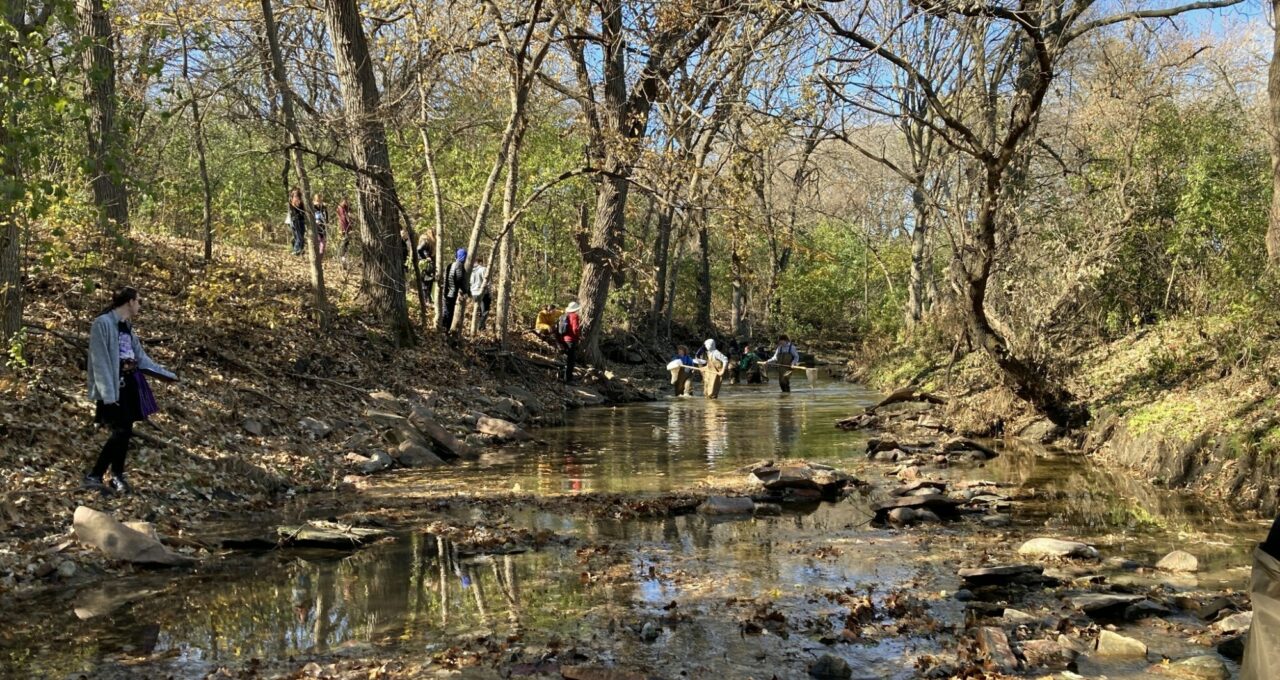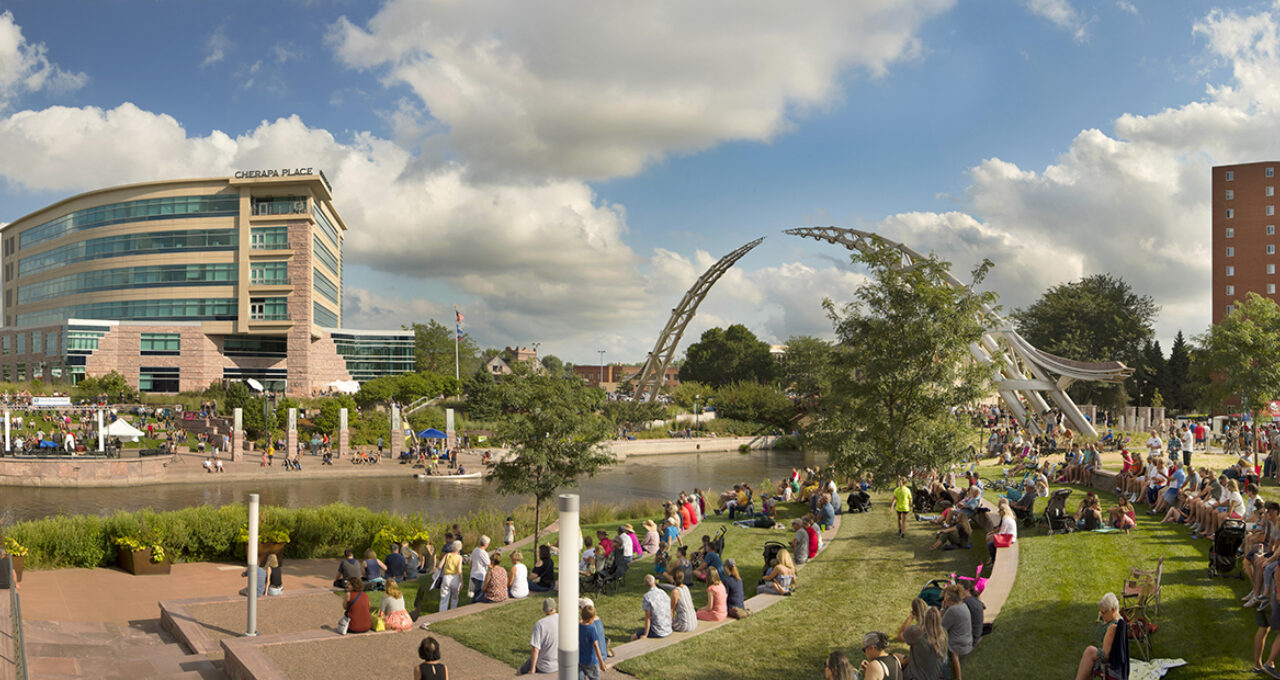News for Donor Advisors
Helping to Restore the Big Sioux River

In celebration of Earth Day, we’re catching up with Friends of the Big Sioux River, where a grant from the Sioux Falls Area Community Foundation is supporting a new effort aimed at restoring the health of the river.
We spoke with Travis Entenman, managing director for Friends of the Big Sioux River, to learn about the organization's mission to protect and restore the Big Sioux River and its watershed, and how the Community Foundation grant is helping to advance its work.

Q. Friends of the Big Sioux River got its start in 2011. Tell us about your work.
A. We focus on four main areas: water quality monitoring, public policy and advocacy, river restoration, and education. Water is something human beings can’t live without, which is why we should all make an effort to understand the impacts to water quality. We’re working to help build that understanding by educating the community about the Big Sioux River and its watershed — how the river is used and what its challenges are, what’s happening to improve the water quality, and what we need to do in the future to make an impact.
Q. How does the watershed impact the river?
A. A watershed is an area of land that drains all the streams and rainfall to a common outlet. The land within a watershed directly affects water quality because anything left on top of the land ultimately gets carried into common outlets of water.
The Big Sioux River begins near Summit, South Dakota, and meanders about 420 miles before merging with the Missouri River near Sioux City, Iowa. The Big Sioux River watershed is 8,500 square miles— about the size of New Jersey — and touches South Dakota, Minnesota, and Iowa. So, essentially, any water that flows within this area can make its way to the Big Sioux River, affecting water quality.
Q. What’s the state of the Big Sioux River today?
A. The Big Sioux used to be eight feet deep and you could see to the bottom. Unfortunately, right now, the river is 75-80% impaired. It regularly exceeds safe levels for E. coli, and contaminant levels often spike following rainfall events. The Big Sioux was the water recreation place for most of the community at one point in time but today, it does not meet its designated use.

Q. How does the state of the river impact our community?
A. The water quality of the Big Sioux impacts so much — economic development, quality of life, outdoor recreation and tourism. It also impacts basic needs — right now in Sioux Falls, five percent of our drinking water comes from the surface water of the Big Sioux River. That amount will continue to grow as our population increases and we max out other sources of drinking water.

Q. What can we do to improve the situation?
A. It took more than 100 years to get the river to the point it’s at today so, sadly, we’ll never see it the way it was in the 1800s but, we can get it to a point where we can feel safe swimming in it. We can get it clearer.
Driving change starts with awareness and understanding. The grant from the Sioux Falls Area Community Foundation is helping us build awareness for the state of the river, and to educate people about we can to do make it better.

Q. Tell us about the project the Community Foundation grant is supporting.
A. With this grant, we’re trying to build out our education and awareness efforts by making a digital, interactive educational tool that our partners can use — partners such as SDSU, the South Dakota Department of Agriculture & National Resources, South Dakota Game, Fish & Parks, etc. — and that the community can use to see and understand the watershed and water quality.

There’s a lot of conservation and environmental data out there, but if you’re not in the industry, it can be difficult to disseminate and understand. There are a lot of entities doing water quality testing, and a lot of entities doing conservation work in different forms. But there was no real central repository for all this information. You have to seek it out from various entities to try to understand what’s happening watershed-wide.
This effort collects and curates the data for professionals, and distills it down to help educate and build awareness among community members. We’ll use data to tell the story of the Big Sioux – the water quality, how we got here, and what’s happening now. We can give this resource to teachers, we can take it to community events, we can take it to the City of Sioux Falls. Water quality is essential to everyday life. With this tool, we’ll be able to see how what happens upstream — from heavy rain and snow to ag practices — impacts our water quality in Sioux Falls.
No one likes the idea of having dirty water and everyone wants to do the right thing. The way I see it, we’re all going to have to change to improve water quality. If we do smart planning now, it will be cheaper, we can play more of an offensive role, and we can write our own futures. If we wait 20-30 years, we’ll be forced to change.
Learn more about the work of Friends of the Big Sioux River, and see measures you can take to impact water quality at friendsofthebigsiouxriver.org.
